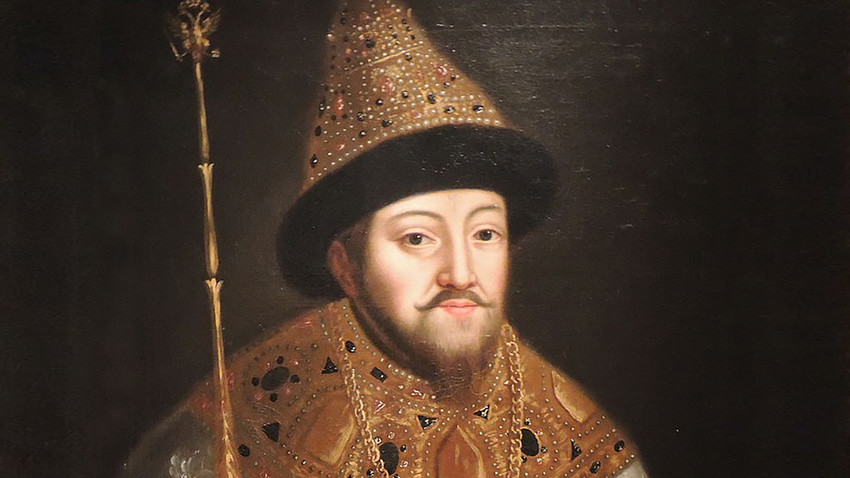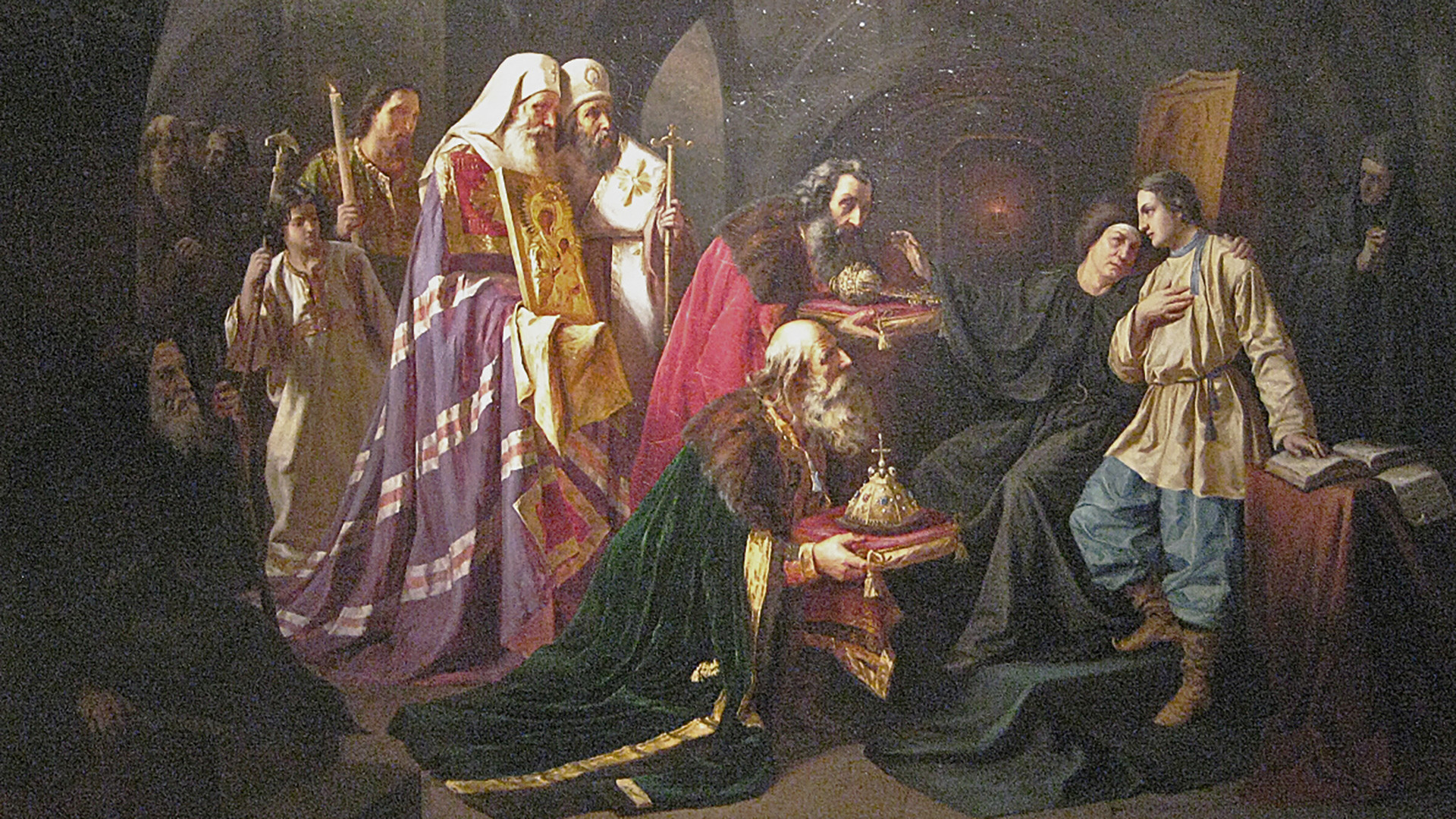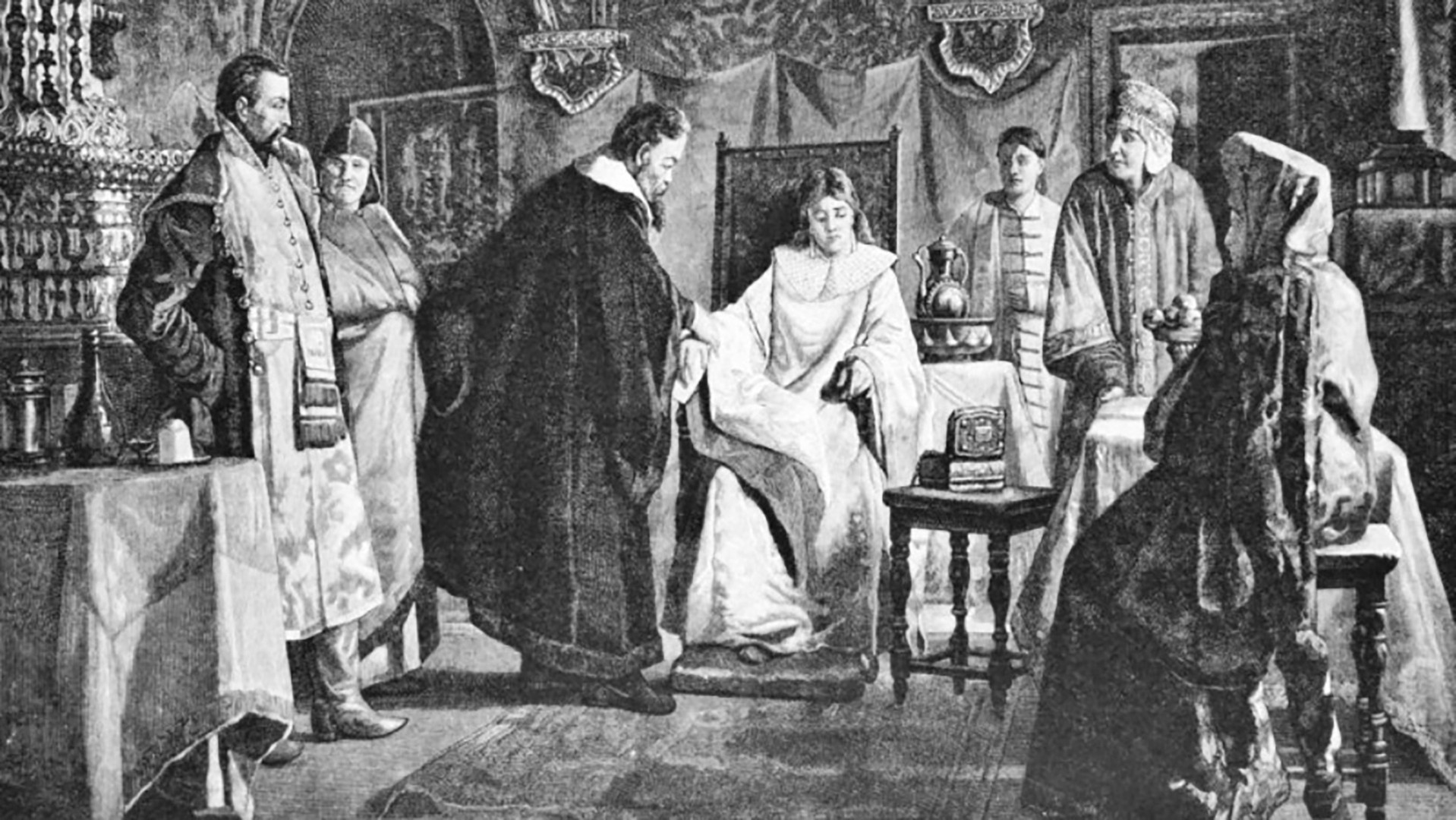The Romanovs: How the royal dynasty began with a kindhearted teenager who liked flowers

Michael I of Russia by an anonymous painter.
WikipediaThe founder of the Romanov dynasty is little known not only abroad, but also in Russia. The average Russian would probably be puzzled if you asked about Tsar Mikhail I. They don’t teach much about him in school.
Those who are interested in history might point to the fact that his name is connected with the end of Russia’s Time of Troubles. Indeed, Mikhail’s ascension to the throne in 1613 ended the turmoil that had lasted for over a
Links to Ivan the Terrible
At first glance, Mikhail seems like an odd candidate for the throne. He was very young, only 16 years old, and he was also little known even at that time, although the Romanovs were an old Moscow boyar family. The first recorded figure in the family was Andrey Kobyla in the first half of the 14th century.
The Romanovs were related to the Rurik dynasty that ruled Russia since the early Middle Ages, and the sister of Mikhail’s grandfather, Anastasia, was Ivan the Terrible’s first and most beloved wife. It strengthened Mikhail’s position.
Democratically elected tsar
Mikhail was elected by the Zemsky Sobor (Assembly of the Land), a prototype of modern parliaments. Even representatives from among the peasantry took part in Mikhail’s election, which is remarkable for any epoch. The Zemsky Sobor

Calling of Mikhail Fedorovich to take a crown.
Nikolay Shustov/WikipediaIn the end, it was precisely Mikhail’s young age and relative obscurity that helped him get elected. He was seen as a weak ruler, which was important for pleasing the powerful boyar families. “We will pick Mikhail. He is young and has an immature mind,” one nobleman reportedly said during the election.
Soft and kind ruler
The young
During most of his
Uneasy search for a spouse
His mother’s influence was so great that Mikhail couldn’t so easily choose his

Maria Ivanovna Khlopova, the bride of the tsar Michail Fyodorovich.
Nikolai Nevrev/WikipediaWhile Mikhail’s mother had her candidate, the tsar dared to choose another - a boyar’s daughter, Maria Khlopova. Three days later, however, she suddenly fell ill, and court doctors quickly concluded that she could not give birth to children. So, she was exiled, although later it was established that she was healthy.
A few years later, Mikhail organized another bride show and shocked his mother again when he chose a young woman from a modest noble family. In the end, the young tsar eventually showed his mettle and went against his mother’s will. He had a happy marriage that lasted for many years.
Guns and roses
They say Mikhail was very fond of flowers, and he used to have some imported. Under Mikhail’s rule rose gardens appeared in Russia for the first time.
The tsar, however, didn’t only bring flowers from the West. He also invited foreigners to establish industries. One of them, Andries Winius from Holland, organized the production of iron and cannons near Tula. Since then, Tula has been one of the main centers of weapons production in Russia.
Some historians assert that by importing western technologies Mikhail started the Europeanization of Russia that gathered momentum during the reign of his grandson, Peter the Great.
Most importantly, Mikhail’s greatest achievement was reestablishing order and consolidating the country, which had been ripped apart by the many conflicts of the Time of Troubles.
Read more:
'Don’t eat like a pig' and other rules of etiquette from Peter the Great
True or false: How much do you know about Russia’s first emperor?
The first Romanov political exile: How Peter the Great's son fled Russia
What was so ‘Great’ about Catherine?
Did Russia’s last Tsar fall prey to a conspiracy hatched by the Masons?
If using any of Russia Beyond's content, partly or in full, always provide an active hyperlink to the original material.
Subscribe
to our newsletter!
Get the week's best stories straight to your inbox